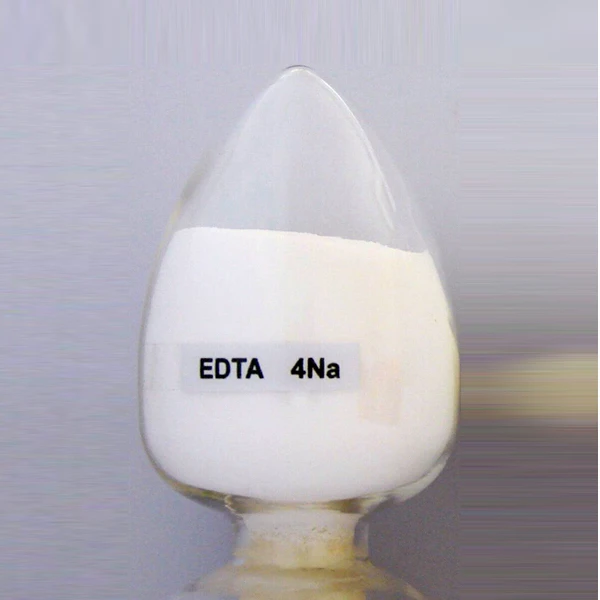
News
พ.ย. . 22, 2024 13:16 Back to list
high quality chelating agent citric acid
Exploring Citric Acid A High-Quality Chelating Agent
In the realm of chemistry, chelating agents play a pivotal role in various applications ranging from agriculture to pharmaceuticals and food preservation. Among the multitude of chelating agents, citric acid stands out as one of the most versatile and widely used due to its remarkable properties and environmental friendliness. This article delves into the nature of citric acid as a high-quality chelating agent, its benefits, applications, and the mechanisms behind its chelation process.
Citric Acid A Brief Overview
Citric acid is a natural organic acid found in citrus fruits, primarily lemons and limes. It has the chemical formula C6H8O7 and is known for its sour taste. Beyond its culinary usage, citric acid is a key player in the chemical industry due to its high solubility in water and its ability to form stable complexes with various metal ions. This chelating ability makes it an essential compound in numerous applications.
Chelation Mechanism
Chelation refers to the process where a chelating agent binds to a metal ion, forming a stable, ring-like structure, known as a chelate. Citric acid, being a tricarboxylic acid, has three carboxyl functional groups (-COOH), which provide multiple binding sites. These functional groups can donate electron pairs to metal ions, stabilizing them in solution. This characteristic is significant in preventing metal ions from catalyzing undesirable reactions in diverse environments.
Benefits of Citric Acid as a Chelating Agent
1. Environmentally Friendly One of the primary advantages of citric acid is its biodegradability. Unlike synthetic chelating agents such as EDTA (ethylenediaminetetraacetic acid), which can persist in the environment, citric acid decomposes into harmless substances, making it an environmentally safe alternative in many applications.
2. Non-Toxic Citric acid is Generally Recognized as Safe (GRAS) by the U.S. Food and Drug Administration. Its non-toxic nature enables it to be used in food processing, pharmaceuticals, and personal care products without posing health risks.
high quality chelating agent citric acid

3. Versatile Applications Citric acid's chelating properties are applicable across various industries. In agriculture, it aids in the solubilization of essential micro-nutrients, promoting plant growth. In the food industry, it acts as a preservative by binding metal ions that can catalyze spoilage reactions. Furthermore, it is used in cleaning products to enhance the efficiency of detergents by preventing calcium and magnesium ions from interfering with the cleaning process.
4. Cost-Effectiveness As a natural product, citric acid is relatively inexpensive to produce. Its widespread availability and low production costs make it an economically viable option for industries seeking high-quality chelating agents.
Applications in Different Sectors
In agriculture, citric acid enhances nutrient uptake in plants, particularly in soils with high pH levels that limit nutrient availability. Its role as a soil amendment ensures that essential nutrients are more accessible to plants.
In the food industry, citric acid is commonly used to prevent browning in fruits and vegetables, enhance flavor, and maintain freshness. It also chelates metal ions that could lead to oxidative degradation, thus extending the shelf life of food products.
In pharmaceuticals, citric acid acts as a stabilizer and preservative in various formulations, ensuring that active ingredients maintain their efficacy over time. Its compatibility with many pharmaceutical compounds makes it a go-to choice for formulation scientists.
Conclusion
Citric acid's properties as a high-quality chelating agent make it invaluable across numerous industries. Its environmental benefits, non-toxic nature, versatility, and cost-effectiveness underline its significance in modern applications. As industries continue to seek sustainable solutions, citric acid stands as a prime example of how natural compounds can fulfill the demands of complex chemical processes while promoting safety and sustainability. As research and innovation advance, the potential applications of citric acid as a chelating agent are bound to expand, making it a crucial component in the quest for greener technologies.
-
Polyaspartic Acid Salts in Agricultural Fertilizers: A Sustainable Solution
NewsJul.21,2025
-
OEM Chelating Agent Preservative Supplier & Manufacturer High-Quality Customized Solutions
NewsJul.08,2025
-
OEM Potassium Chelating Agent Manufacturer - Custom Potassium Oxalate & Citrate Solutions
NewsJul.08,2025
-
OEM Pentasodium DTPA Chelating Agent Supplier & Manufacturer High Purity & Cost-Effective Solutions
NewsJul.08,2025
-
High-Efficiency Chelated Trace Elements Fertilizer Bulk Supplier & Manufacturer Quotes
NewsJul.07,2025
-
High Quality K Formation for a Chelating Agent – Reliable Manufacturer & Supplier
NewsJul.07,2025
